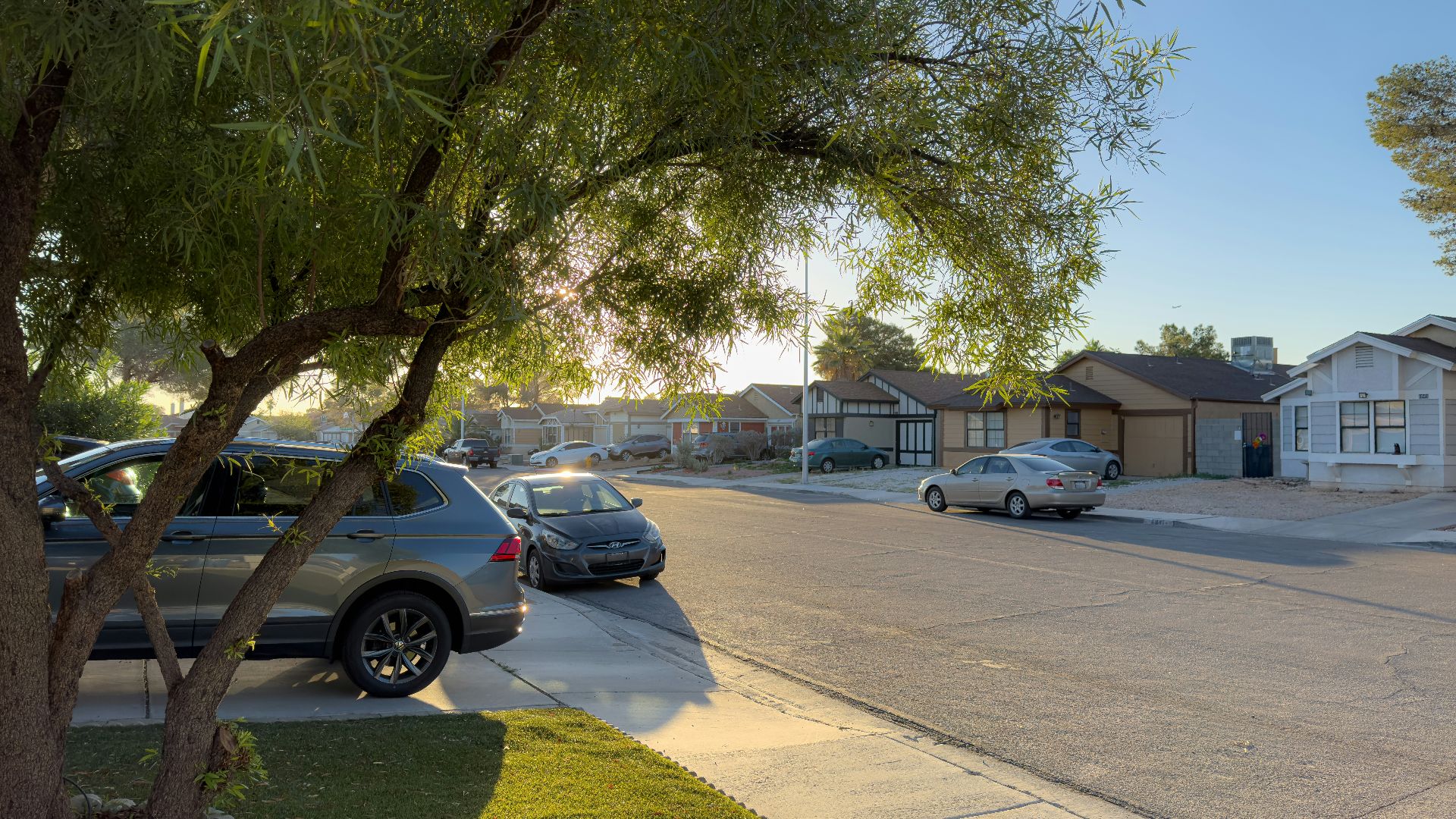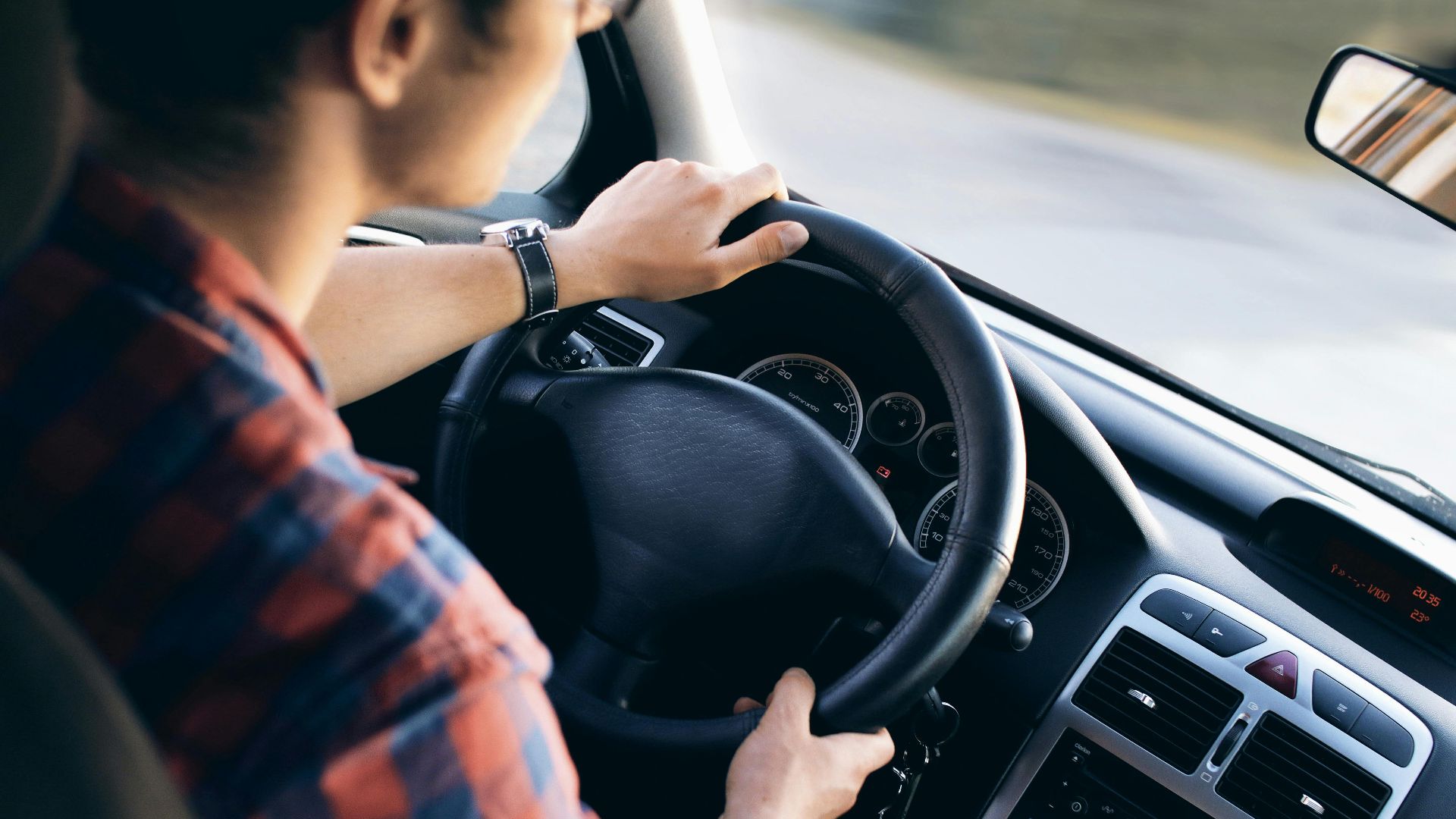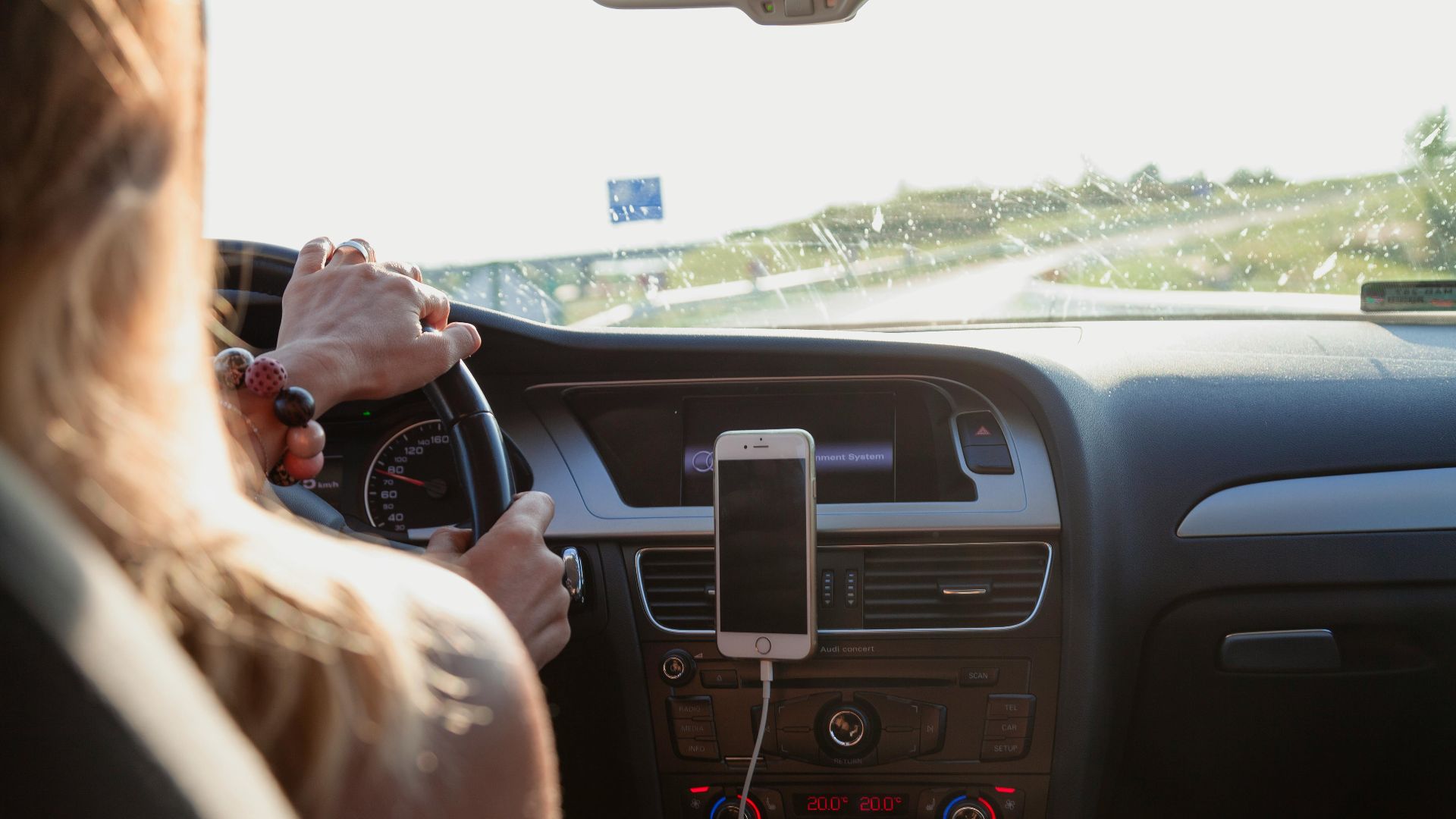Are You an Anxious Driver?
Driving anxiety can affect anyone, regardless of how many years they've been behind the wheel. In fact, studies show that around 66% of Americans experience some level of fear when it comes to driving. Whether you already know you're an anxious driver or you're just curious to learn more, here are 10 signs you might have driving anxiety and 10 ways to overcome it.
1. Avoid Driving
The number one clue that you have driving anxiety is you avoid driving altogether. When it gets worse enough, you may not even be able to sit in the driver's seat in a parked car because being behind the wheel is enough to make you panic.
2. Make Excuses
This typically goes hand-in-hand with avoiding the actual act, and you'll make any excuse under the sun not to drive. These excuses usually range from believable ones, such as saying you're currently busy and can't get out on the road, to honest ones, like saying you "just don't feel like driving."
3. Only Drive During "Safe" Times
Even if you're okay getting behind the wheel, another sign you might have driving anxiety is if you only go during times you consider "safe." This window typically extends from the morning to early afternoon, when traffic has yet to reach its peak.
4. Anxiety or Panic Attacks
If getting in the driver's seat or even just in the car triggers a panic attack for you, then it's time to step back and consider talking about it with a therapist. Mild anxiety isn't something to overlook, either, but when it gets to the point where you're constantly feeling that impending sense of doom in the car, seek someone who can help.
 Solving Healthcare on Unsplash
Solving Healthcare on Unsplash
5. Stick Only to Familiar Roads
Similar to driving only during certain times, you might also feel like you can only do short trips or drive on familiar roads with driving anxiety. There might be an area or neighborhood you deem the "safe zone," and you won't go anywhere outside of it. You may also avoid driving on highways, bridges, or through tunnels.
6. Rapid Heartbeat
When anxious thoughts circulate in your mind, your brain sends a signal that tells your body to fight or flight. Sometimes, this inner survival system can lead to anxiety or panic attacks, but other times, only a few symptoms may manifest, like rapid heartbeat or palpitations. If the thought of driving kicks your heart rate up, it's likely due to anxiety.
7. Sweating
Sweating is another symptom you might get often if you're an anxious driver. You may find that you get clammy hands and feet every time you're on the road—and not because you've cranked the heat up. Like rapid heart rate, this is a common symptom for those experiencing fight or flight mode.
8. Avoid Driving in Certain Weather Conditions
Again, similar to driving only during certain hours of the day, you may also completely avoid driving in the rain, storm, or snow. While that's understandable, as weather can make it trickier to navigate and drive, driving only in good weather won't help you overcome your fear.
9. Feeling Unsafe
Anxious drivers don't feel safe when they're driving; they often feel like they're putting themselves and their passengers at risk. To get rid of this feeling, they'll usually pull over to take frequent breaks, make excuses not to drive at all, or ask someone else to take the wheel instead. If this is you, this is another sign of driving anxiety.
10. No Distractions
Those with driving anxiety also tend to restrict certain actions in the car: windows can't be rolled up or down, music can't be playing, people can't be talking. The list could go on. If you can't handle having any distractions in the car whatsoever, you likely have driving anxiety.
Now that you're aware of the signs and what driving anxiety might look like, let's jump into the 10 ways to overcome this fear.
1. Start with Short Trips
When you're trying to beat driving anxiety, start slow. This is especially true if your anxiety has kept you off the road for a while and you don't feel confident enough to drive regularly again just yet. Don't rush it: start with small trips around the block or neighborhood or run errands close to home.
2. Go in the Morning
Driving in the morning or during less busy times is best for those with driving anxiety. You don't want to make this a habit of course, but in the beginning, it's okay to take small steps toward your goal. Pick an early time to go and aim to drive at least three days a week to ease yourself into it.
3. Drive with a Trusted Person
If you're afraid of driving alone or feel unsafe behind the wheel, take someone you trust with you. It might help more if they can drive so that they can offer tips and advice while you're on the road. But the most important thing is that they won't belittle or judge you, which will make you more anxious.
4. Do Repetitive Motions
If there's a certain maneuver that you're not quite sure how to do, like putting the car in reverse or making a left turn, find a quiet place and repeat the motion as many times as it takes until you're not nervous anymore. Repetition helps you familiarize yourself, so you can do this with streets or roads you're anxious to drive in as well.
5. Watch Videos
Watching tutorials or videos of other people driving, or others documenting their own driving anxiety journey, could also help. Sometimes, you might need visual cues or references to help you nail down a maneuver. Other times, it just helps to know you're not alone feeling this way about driving.
6. Phone a Friend
It may help to call and chat with a friend before you go for your drive. Your friend can lend an ear, offer advice, or send you encouraging words. Plus, if you're on the road and you need to take a breather, a quick talk with an understanding friend will help immensely.
7. Take Refresher Lessons
If you'd rather take advice from a trusted professional, you can always take refresher lessons. Since driving instructors have an extra wheel and brake on their side, you can rest assured that you won't be in danger if you make any mistakes.
8. Reward Yourself
If you need a slight boost of motivation, drive yourself to your favorite cafe, restaurant, or store. Reward yourself every time you successfully push yourself to get behind the wheel, and over time, as you build a habit and routine, driving will seem less daunting.
9. Drive
This might sound redundant, but one of the most important tips of all when overcoming driving anxiety is to just drive. It doesn't matter where, when, or how, it just matters that you go. You'll only be more afraid the more you avoid it, so challenge yourself to drive in all the situations you're scared of, no matter if it's in the snow, at night, on the highway, or behind a truck.
10. Talk to a Therapist
If all else fails, it's time to reach out to a therapist. They can help you work through your fears and emotions in a safe environment. They might also have you start a journal, suggest methods to control your anxiety when it hits, or try to reframe your thinking so that the idea of driving isn't as frightening.



























